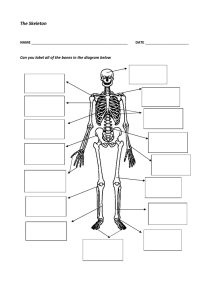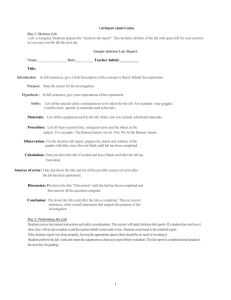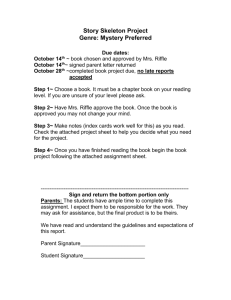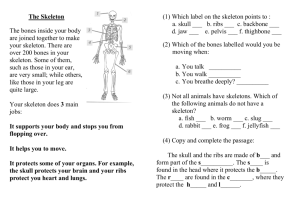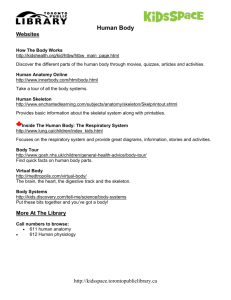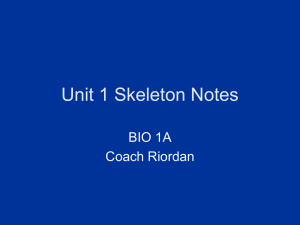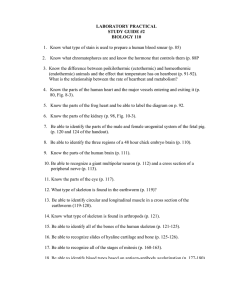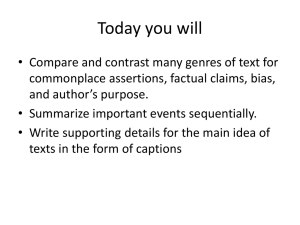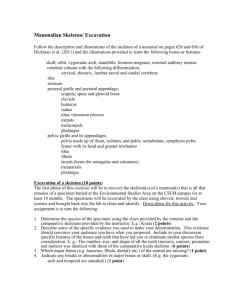Chapter 1 The Meaning of History
advertisement
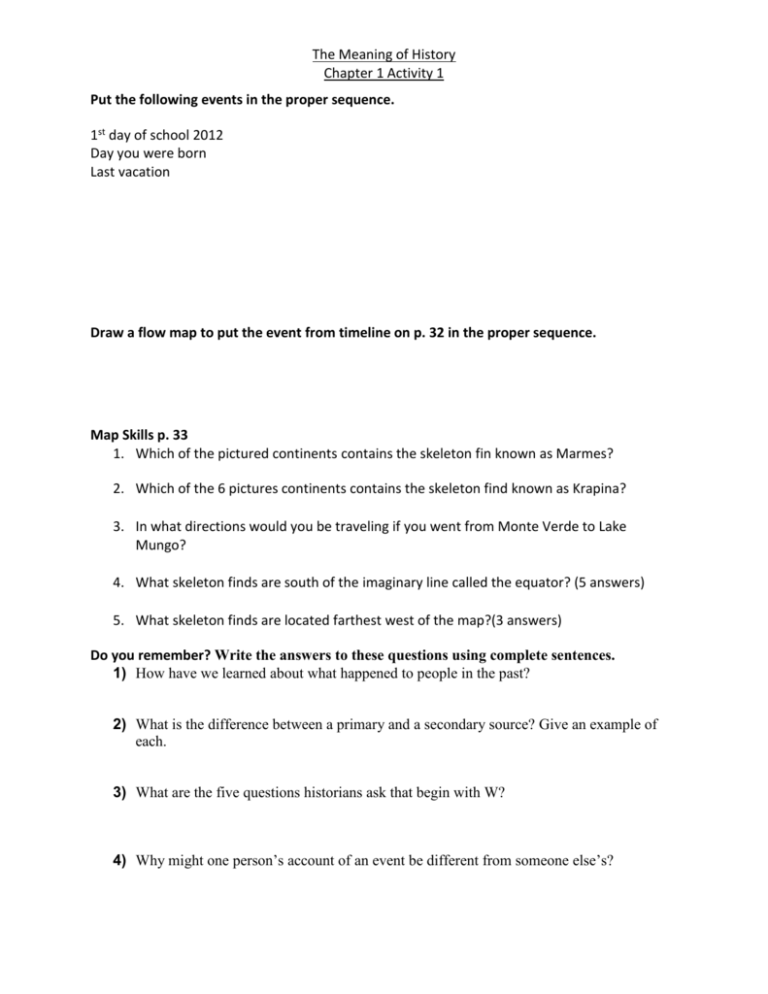
The Meaning of History Chapter 1 Activity 1 Put the following events in the proper sequence. 1st day of school 2012 Day you were born Last vacation Draw a flow map to put the event from timeline on p. 32 in the proper sequence. Map Skills p. 33 1. Which of the pictured continents contains the skeleton fin known as Marmes? 2. Which of the 6 pictures continents contains the skeleton find known as Krapina? 3. In what directions would you be traveling if you went from Monte Verde to Lake Mungo? 4. What skeleton finds are south of the imaginary line called the equator? (5 answers) 5. What skeleton finds are located farthest west of the map?(3 answers) Do you remember? Write the answers to these questions using complete sentences. 1) How have we learned about what happened to people in the past? 2) What is the difference between a primary and a secondary source? Give an example of each. 3) What are the five questions historians ask that begin with W? 4) Why might one person’s account of an event be different from someone else’s? The Meaning of History Chapter 1 Activity 1 5) A group’s culture is made up of many things. What are some of them? Vocabulary Check Culture Combined Diary Eyewitness Historian History Humanity Interpret Primary Secondary 1. _______________________ is the record of past events. 2. A daily written record of what happens to a person is called a _________________. 3. The first-hand or ___________________, account of an event is a primary source. 4. A group's ________________includes its attitudes, values, customs, and language. 5. Someone who studies history is called a __________________. 6. ________________ is another word for the human race. 7. When we ________________________ something, we try to explain how it happened. 8. The American Declaration of Independence is a __________________ source. 9. What a historian wrote about the signing of the American Declaration of Independence is a __________________ source. 10. The history of humanity is the combined history of all people.
